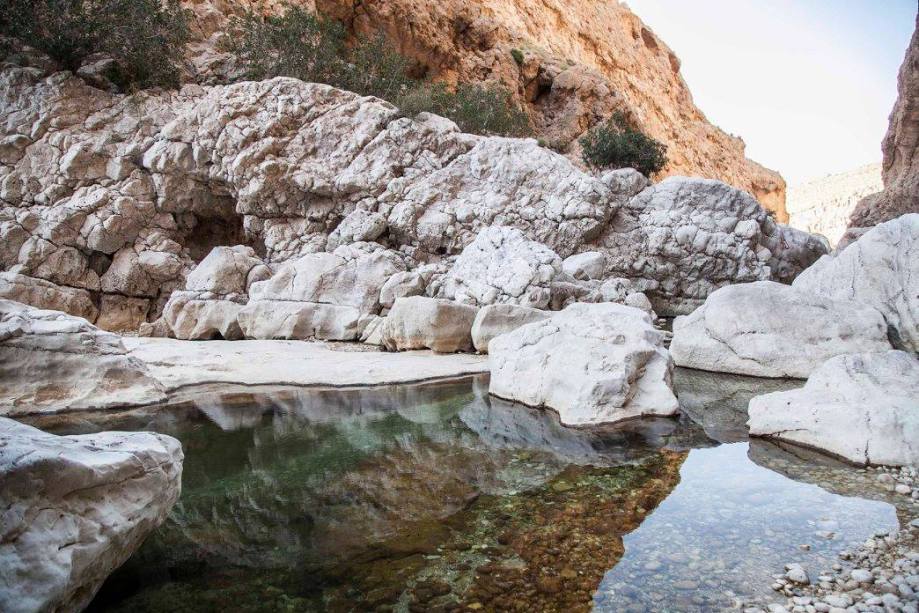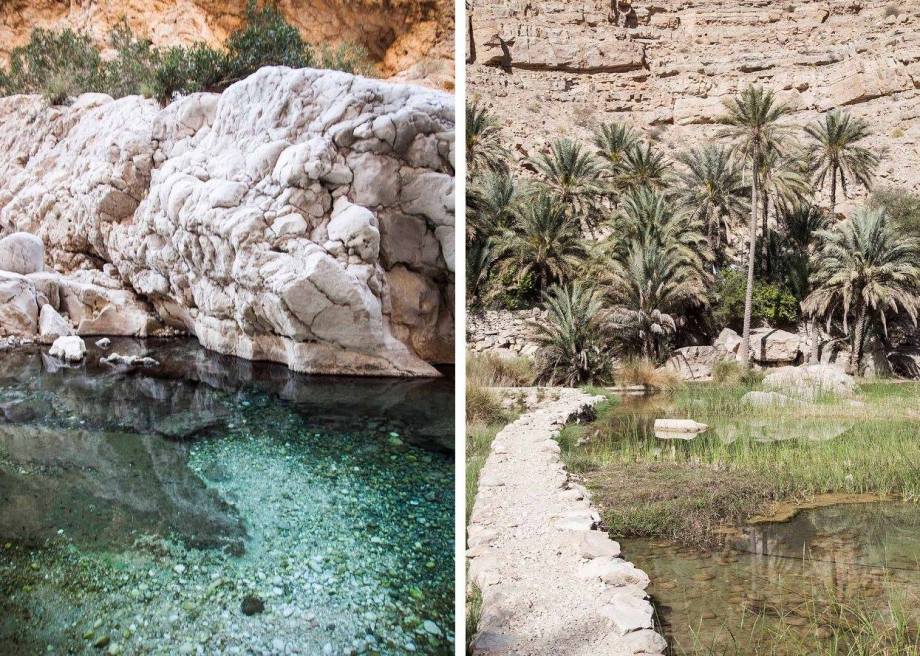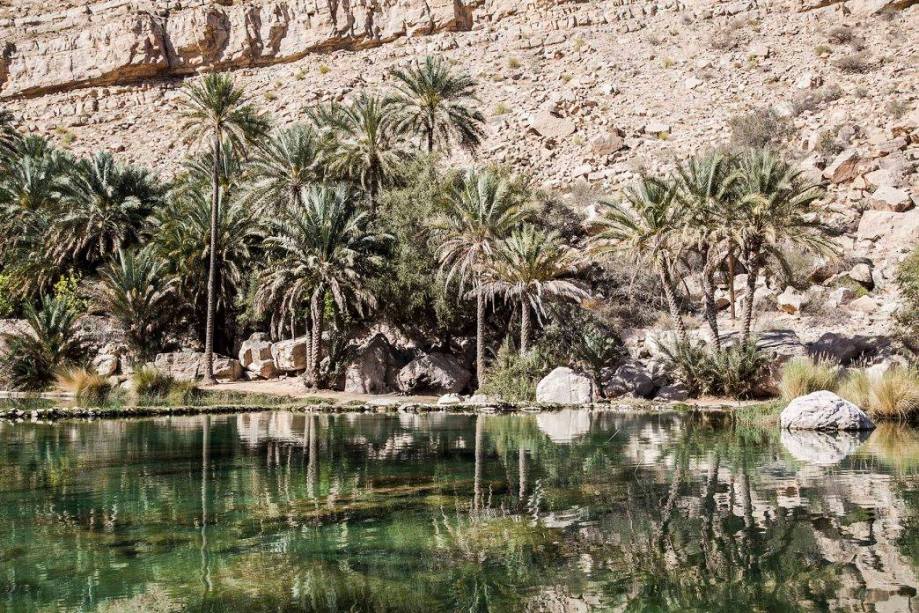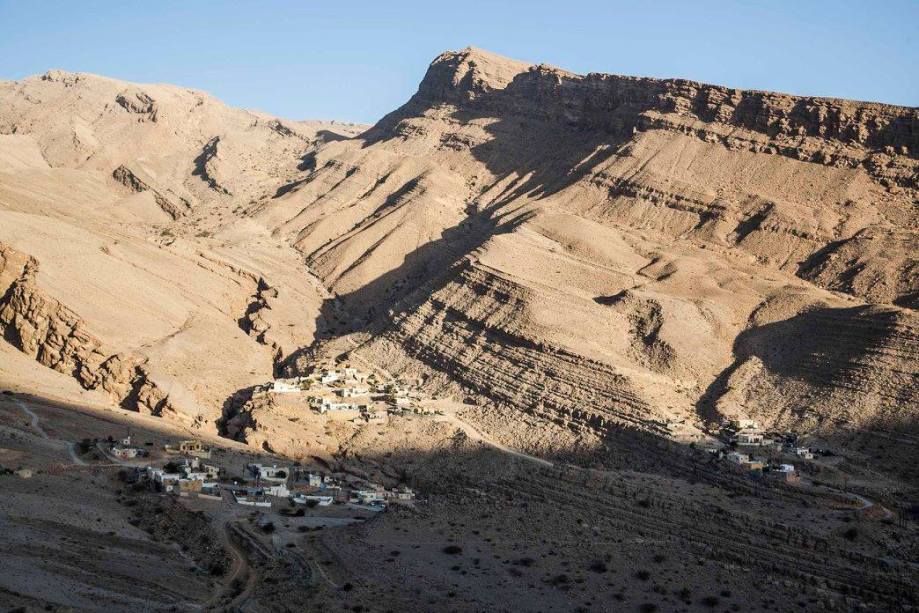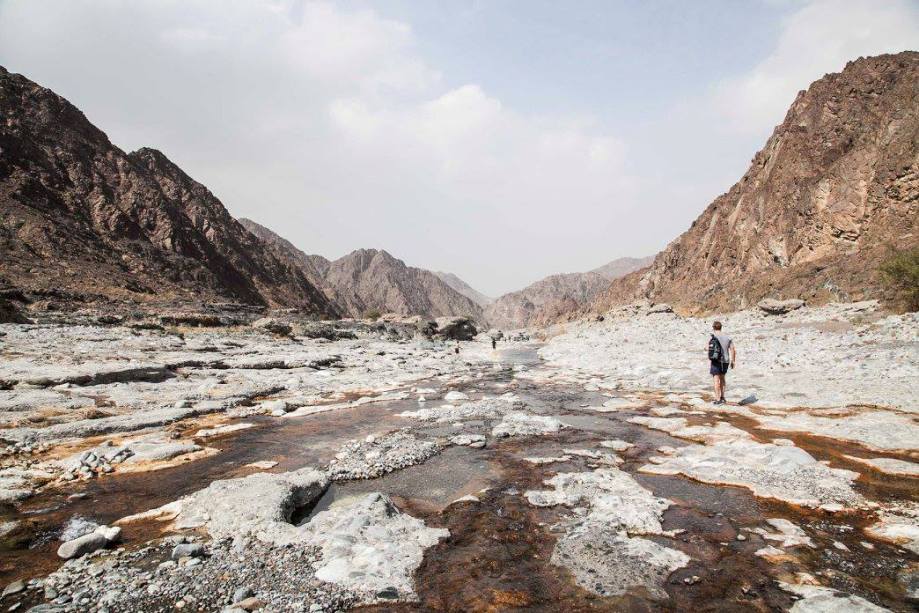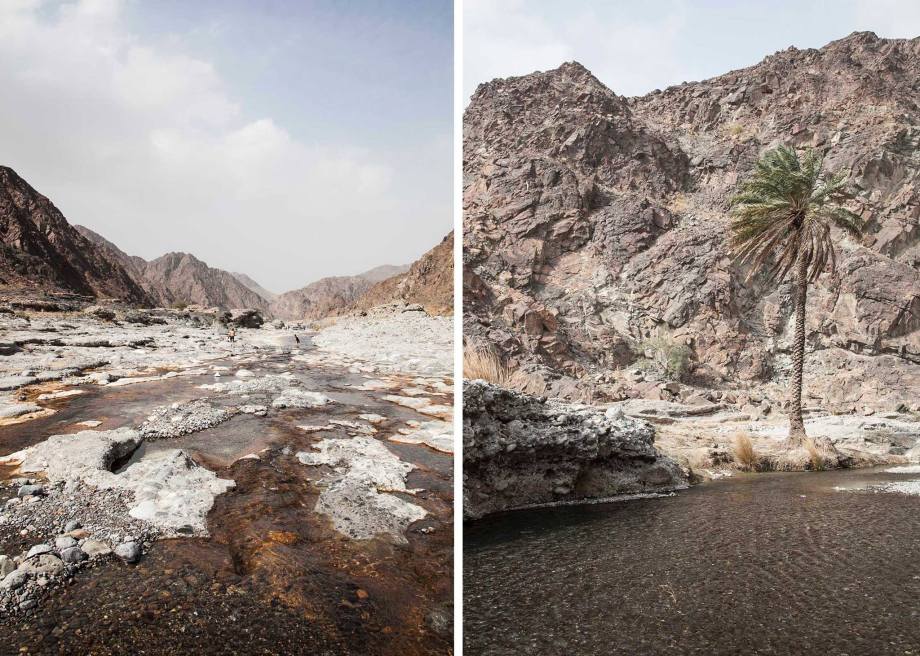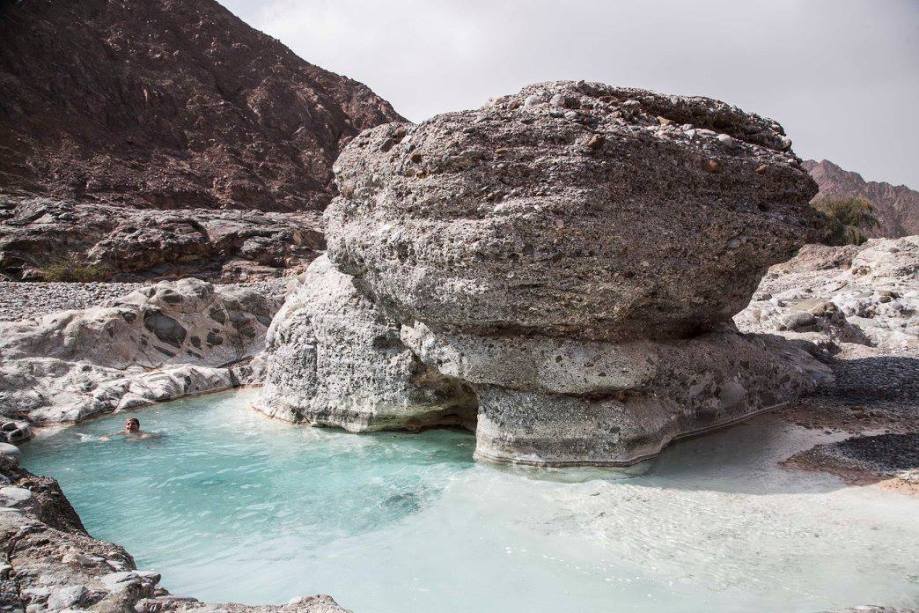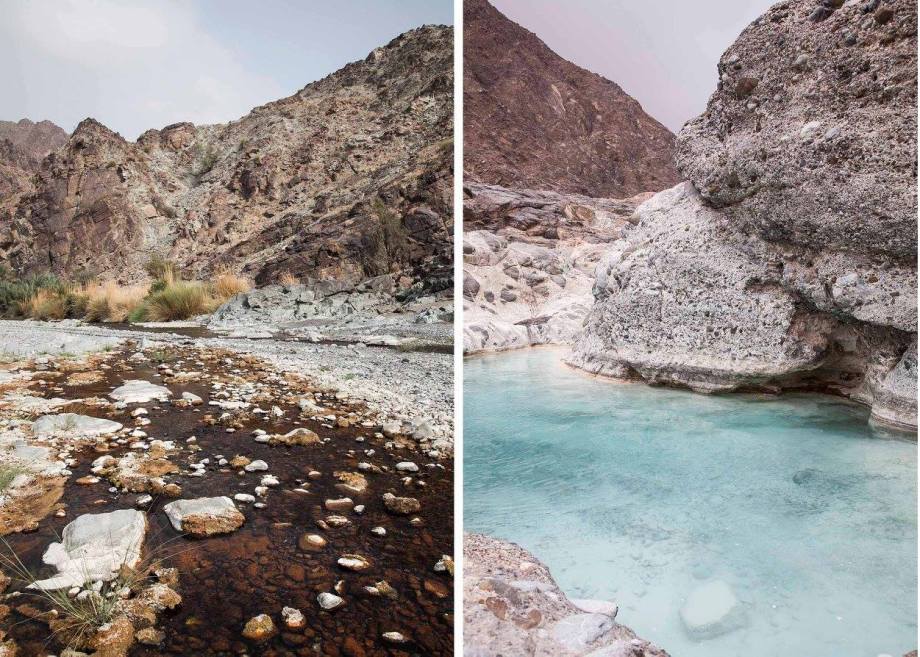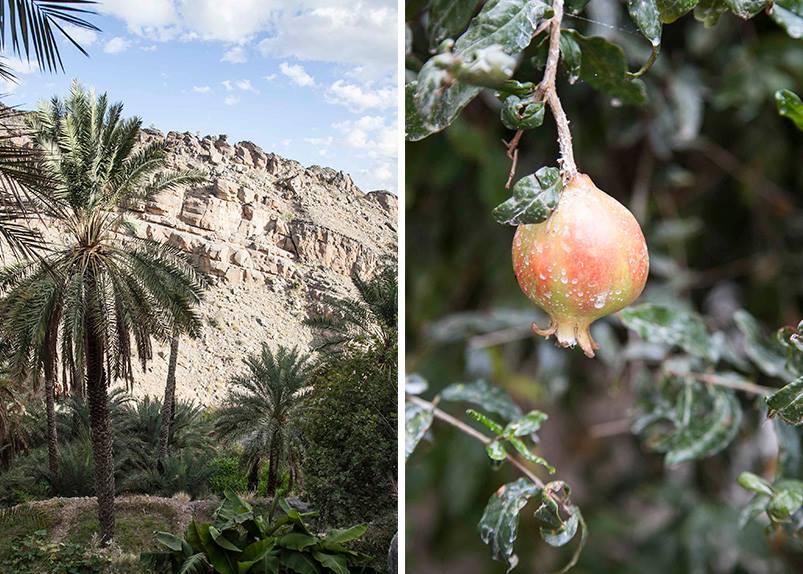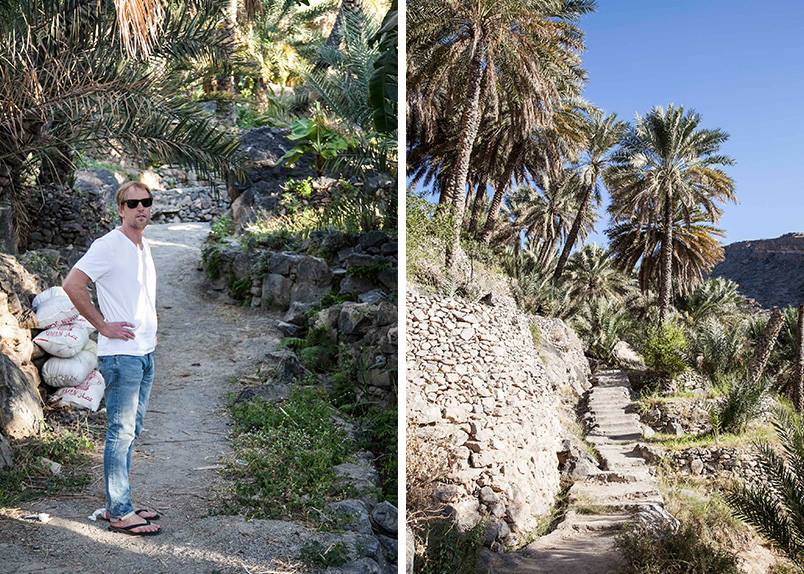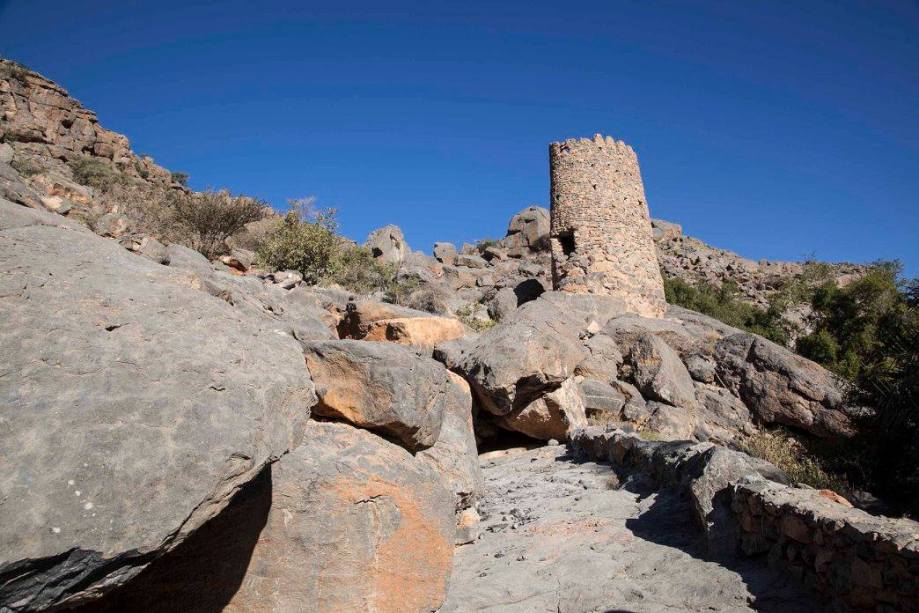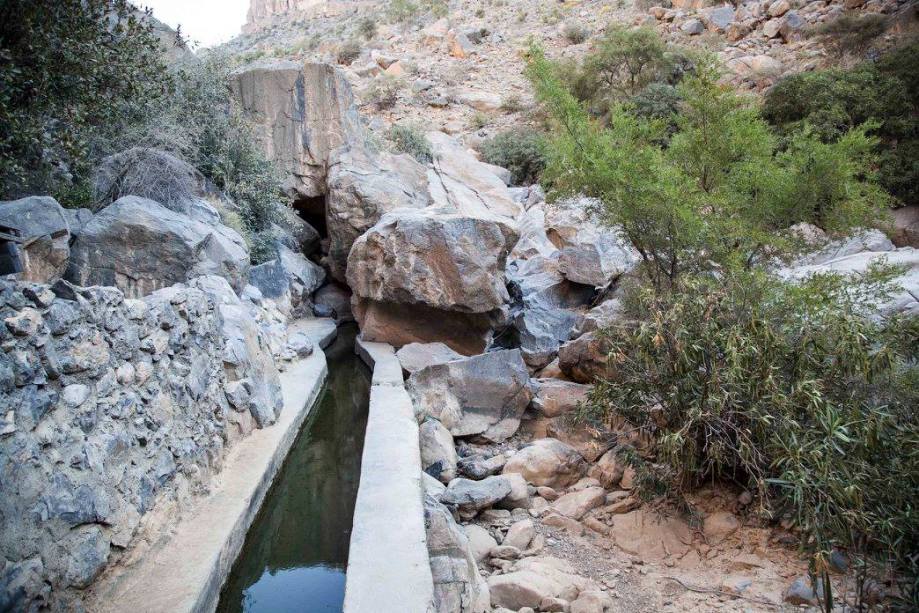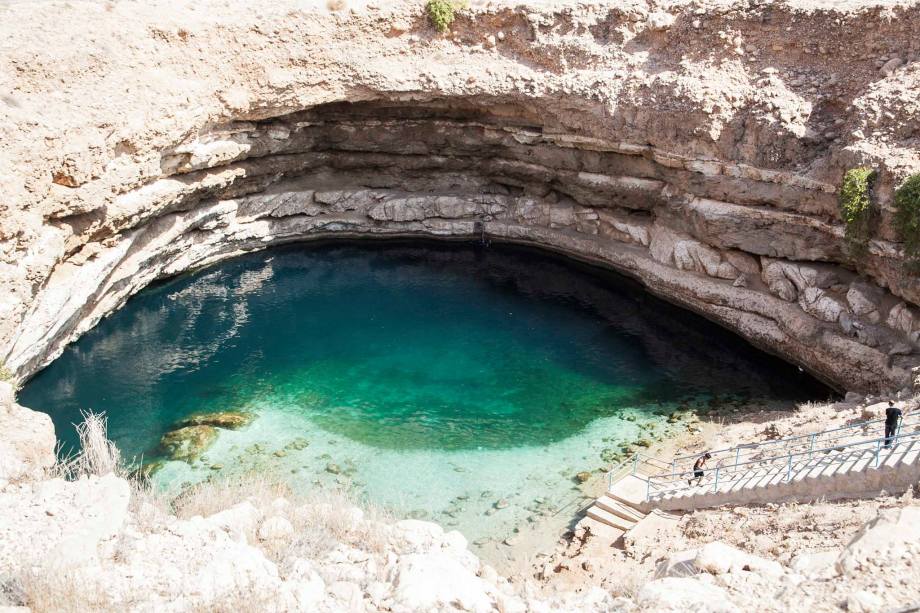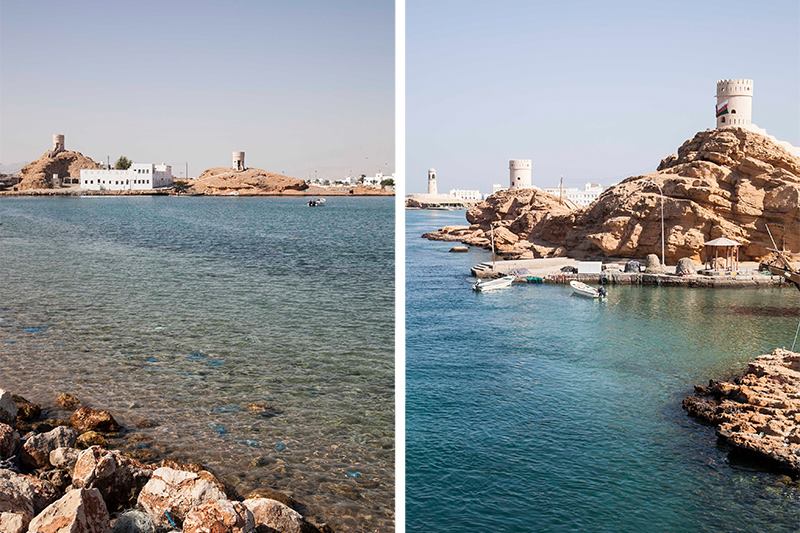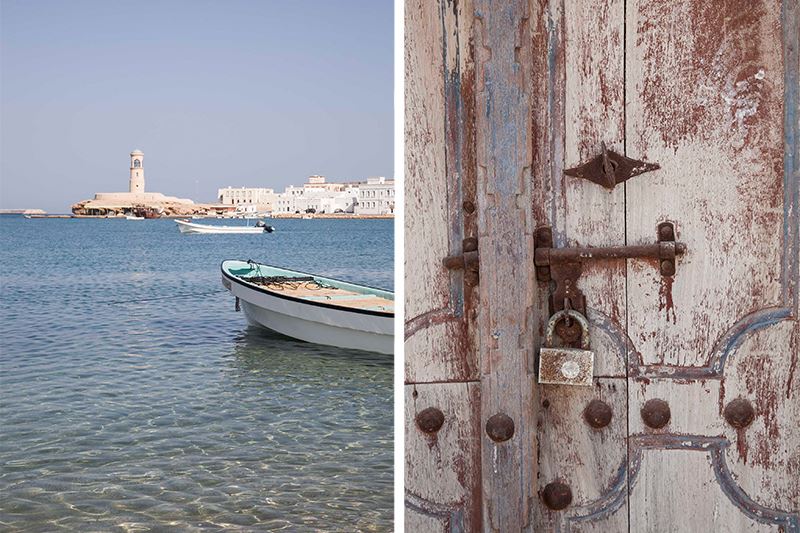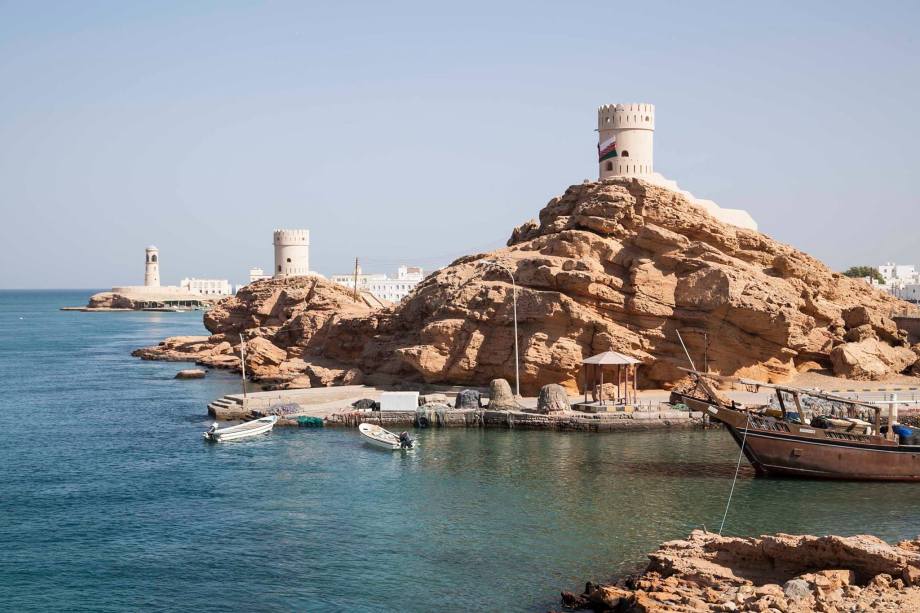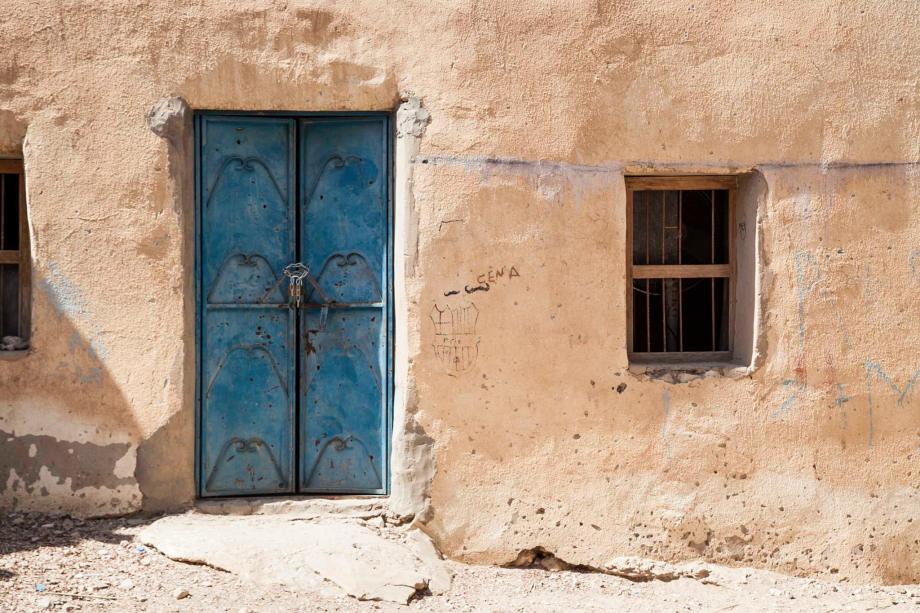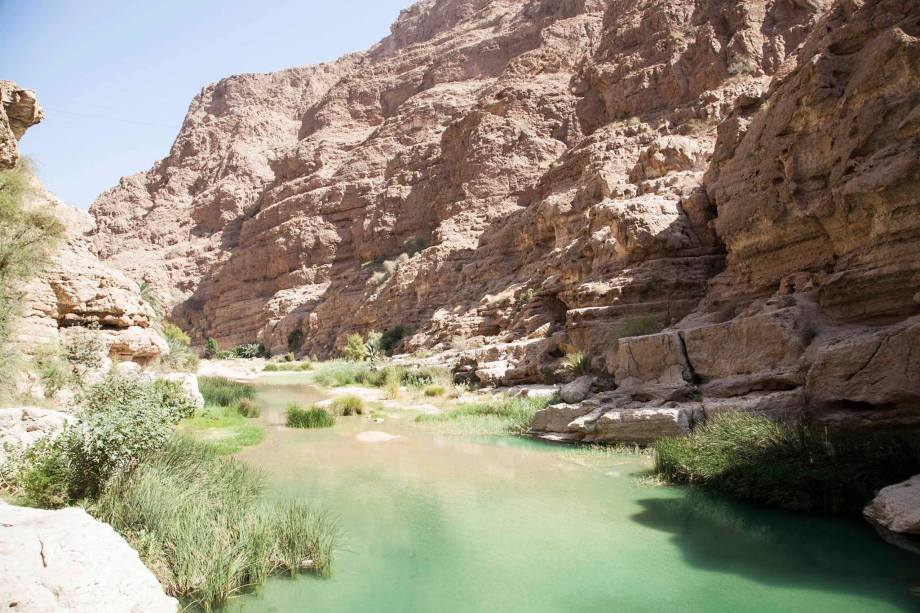A few weeks ago we decided to spend the weekend camping at the stunning Wadi Bani Khalid. I had seen numerous photos of this wadi on Instagram and various Omani travel blogs, even before I left Sydney for Oman. It was at the top of my list of must see places in Oman since I arrived. The wadi is a lot further from Muscat compared to the other wadis we have visited to date, so we had been a bit hesitant to drive all that way. However, with the weather slowly heating up, we thought we’d better make the most of our weekends and visit Wadi Bani Khalid before it gets too hot.
You can reach Wadi Bani Khalid two ways – via the coastal road through Sur, or via the inland road via Ibra. We took the coastal road, as we have driven along this road a few times and really enjoy this route – the landscape is stunning and the road is well built and maintained. There are also some great spots to stop for a picnic lunch along the way, such as Wadi Tiwi or Finns Beach. But in hindsight after speaking to a few people since our trip, we should have taken the inland road as it would have cut almost an hour from our travel time. But it’s a good thing to know for the future, particularly if we plan a trip to Wahiba Sands, which is quite close to Wadi Bani Khalid.
The drive to the wadi from the turnoff is beautiful in itself. The road runs through a valley and then steeply up a mountain, before it continues down to the other side. And like many places in Oman, the landscape is stunning.
As you approach the wadi, you pass through a number of small towns and villages, many of which are encircled by lush green date palm plantations. Wadi Bani Khalid is one of the easier wadis to access, with no need for a 4WD to reach it. The wadi has a purpose built carpark for visitors, the majority of which visit on weekends. We arrived at about 4pm and the wadi was teeming with people enjoying the last rays of sunshine. Luckily for us we had decided to camp near the wadi, so we had the advantage of exploring early in the morning before the day trippers arrived.
We hadn’t really organised where exactly we were going to camp before we arrived. It didn’t look like rain was forecast, so we could have camped in the wadi. (Please note, it’s usually not a good idea to camp in wadis, due to the threat of flash floods). However, we decided against it and drive through one of the villages beside the wadi and found a great spot on the ridge looking Wadi Bani Khalid. There aren’t really any organised camp grounds in Oman and you can basically camp wherever you want, provided it isn’t in someone’s backyard. But we found a spot that looked like it had been set-up for camping by someone – there was fine gravel in the shape of a circle on the ground and remnants of a campfire. The site had a fantastic view over the wadi and was protected from the wind by a rock ledge, so we decide that this was the perfect place to set-up camp. After our dinner, which we prepared before we left home, we snuggled in for the night, without a sound or person in sight.
The next morning we got up early to explore the wadi before the day trippers arrived. We packed our tent and our belongings and headed back down to the wadi. The atmosphere was so different from the previous afternoon – it was so quiet and peaceful. And cool. One thing about arriving at a wadi early in the morning is that you can explore it without worrying about the heat. The walk along Wadi Bani Khalid is quite easy compared to other wadi walks. But I would recommend you wear sneakers and not sandals, as the rocks can be quite slippery.
Wadi Bani Khalid is perhaps one of the most beautiful wadis I have seen on our travels through Oman so far. As you can see by the photos below, it is an absolutely stunning place. It’s almost difficult to describe how lovely it is – of course the photos don’t do it justice, and like many of these places, you have to visit to really appreciate its beauty. It has a number of deep pools of water, which are perfect for swimming. Just keep in mind that if you decide to swim in the main pool, make sure to cover yourself so you don’t offend the locals. But if you arrive early, like we did, and swim in the upper pools, you can swim quite freely. There is also a cave further along the wadi which you can visit, but the entry is rather dark and narrow, so we decided against it. Enjoying the wadi itself was enough for us.
After having a swim in one of the many pools, which we had to ourselves, and relaxing in the shade of the gorge, we headed back home to Muscat.
We’re heading to Kerala tomorrow, so stay tuned over the next few weeks for some posts from Fort Cochin, Munnar, Thekkady and Alleppey.




